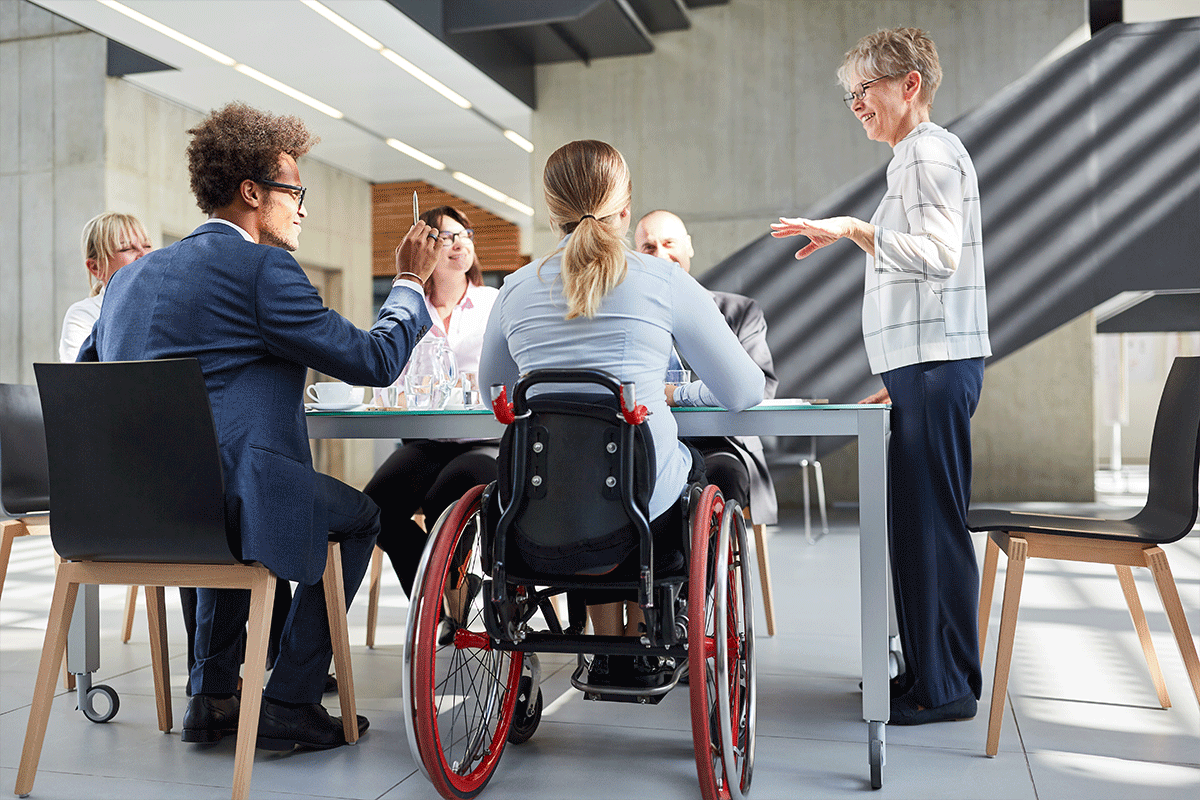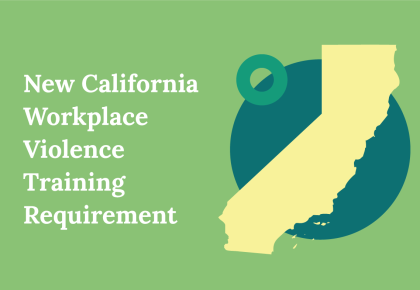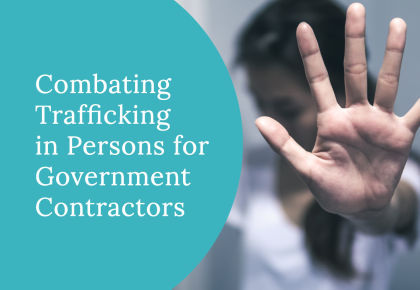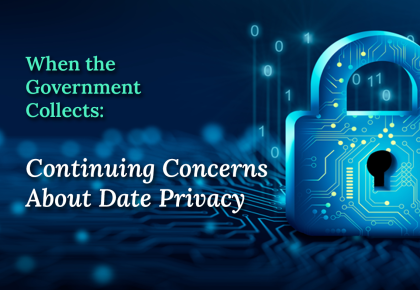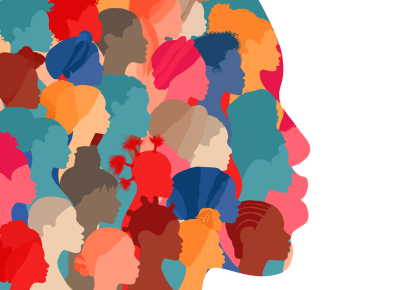Thirty Years After ADA, Bias Persists
- Most of us may not realize that people with disabilities comprise the largest minority population in the USA.
- Even with the passage of ADA thirty years ago, bias against people with disabilities remains blatant in the workplace.
Bias and discrimination against people with disabilities has not significantly subsided despite implementation of laws such as the Americans with Disabilities Act (ADA), passed thirty years ago. The result being that disability bias remains a significant issue in many workplaces and society as a whole.
When Stereotypes Conflict with Facts
Often, people with disabilities are considered childlike and innocent, holistically impaired, disfigured, dependent, pitiful, tragic, chronically ill, and incompetent. Many books, movies, television, music, and plays reinforce such stereotypes—The Hunchback of Notre Dame, Richard III, Dr. No, The Elephant Man, Rain Man, Forrest Gump, and characters Darth Vader, Captain Hook, and Captain Ahab (Moby-Dick).
Since the earliest human history, weakness has been considered a liability, curse, or pathetic trait—in current jargon, “loser!” Consider connotations of words like “freak show,” “monster,” “little people,” “abnormal,” and “cripple.” Even the word “disabled” becomes problematic because of how we use the prefix “dis”—discounted, disconnected, disloyal, disinterested, disengaged, disagreeable, discouragement.
Why do so many people define the disabled as inferior, even stupid, frightening or offensive? According to a recent Michigan State University study, “Disabilities are a sensitive, uncomfortable topic for many people to talk about. Few are willing to acknowledge a bias toward people with disabilities.” Further, the lack of common humanity causes some people not to see an individual with a disability as “one of us,”, regardless of public expressions of compassion. Also, many see people with disabilities as dependent and, therefore, weak.
Yet, in reality, people with disabilities are like everyone else, with strengths and weaknesses.
Throughout history, many well-known people had impairments—presidents (Woodrow Wilson, Franklin Roosevelt), military leaders (General George Patton – dyslexia), authors (Helen Keller, Lord Byron), artists (Vincent Von Gogh), musicians and singers (Stevie Wonder, Ray Charles, Andrea Bocelli), abolitionists (Harriet Tubman – narcolepsy) , athletes (NFL kicker Tom Dempsey, hundreds of Paralympians), inventors (Thomas A. Edison), and scientists (Stephen Hawking, Temple Grandin).
Unconscious Bias Toward People with Disabilities in the Workplace
The American Bar Association’s Commission on Disability Rights cites one study that found a strong preference for people without a disability (76%) compared to people with disabilities (9%). Such findings explain, in part, why people with disabilities are second only to older people as targets of bias in the workplace. This unconscious basis is often referred to as workplace ableism, which occurs when the non-disabled believe they are superior to the disabled.
How biased are people toward individuals with disabilities? In a study involving 350,000 people, a stunning 80% were found biased against people with disabilities. How would you feel if four of five coworkers’ first impression about you dictate their treatment of you? Perhaps, more telling, the study’s most common bias is aversive ableism, the tendency of well-meaning people to view those with disabilities positively, yet unconsciously be prejudiced against them.
So, What Can Be Done?
Overcoming bias, especially unconscious bias, is no small feat, regardless of the targeted individual. As with other biases, overcoming bias against people with disabilities requires three broad steps.
- Be Aware. Recognize your own biases. When you see a coworker with disabilities, ask yourself, “What do I feel? What’s the origin of that feeling? Is it rational or irrational? What am I scared of? Do I think that a coworker with disabilities always needs my help, causing me to decide if being a good Samaritan is worth setting my work back? What’s stopping me from seeing the common humanity with my coworker?
- Educate Yourself. There is no better way to learn the history of discrimination against people with disabilities and the passage of the ADA than to watch the brilliant, funny, moving documentary film, Crip Camp (Netflix). As one reviewer put it, “If you have any semblance of a soul, you will tear up watching the marchers climb out of their wheelchairs and crawl up the steps of the U.S. Capitol. ‘I don’t care if it takes me all day,’ a courageous child shouts as he climbs one step at a time like a real-life ‘Rocky.’” Make time to read biographies and autobiographies authored by people with disabilities. One of the best known is My Left Foot by the Irish author Cristy Brown, who had cerebral palsy and near-total paralysis. And, of course, there is no shortage of other non-fiction books related to the topic.
- Take Action. Interact with people with disabilities as individuals not defined by their disabilities. In other words, get to know them for whom they essentially are, not by what you perceive as their limitations. It will challenge your preconceptions and reshape your bias. Get more comfortable with asking a coworker with disabilities if they need help in specific situations—if they don’t, accept that. Point out to your manager or other authorities in your workplace that do not accommodate people with disabilities, as is the law. If they have not done so, encourage your leaders to communicate that everyone is valued, respected, and deserves fair treatment.
In Closing…
Who better to close this blog than Stephen Hawking, the brilliant physicist and mathematician who managed the disabling Lou Gehrig’s disease most of his adult life, and wrote, “Obviously, because of my disability, I need assistance. But I have always tried to overcome the limitations of my condition and lead as full a life as possible. I have traveled the world, from the Antarctic to zero gravity.”

